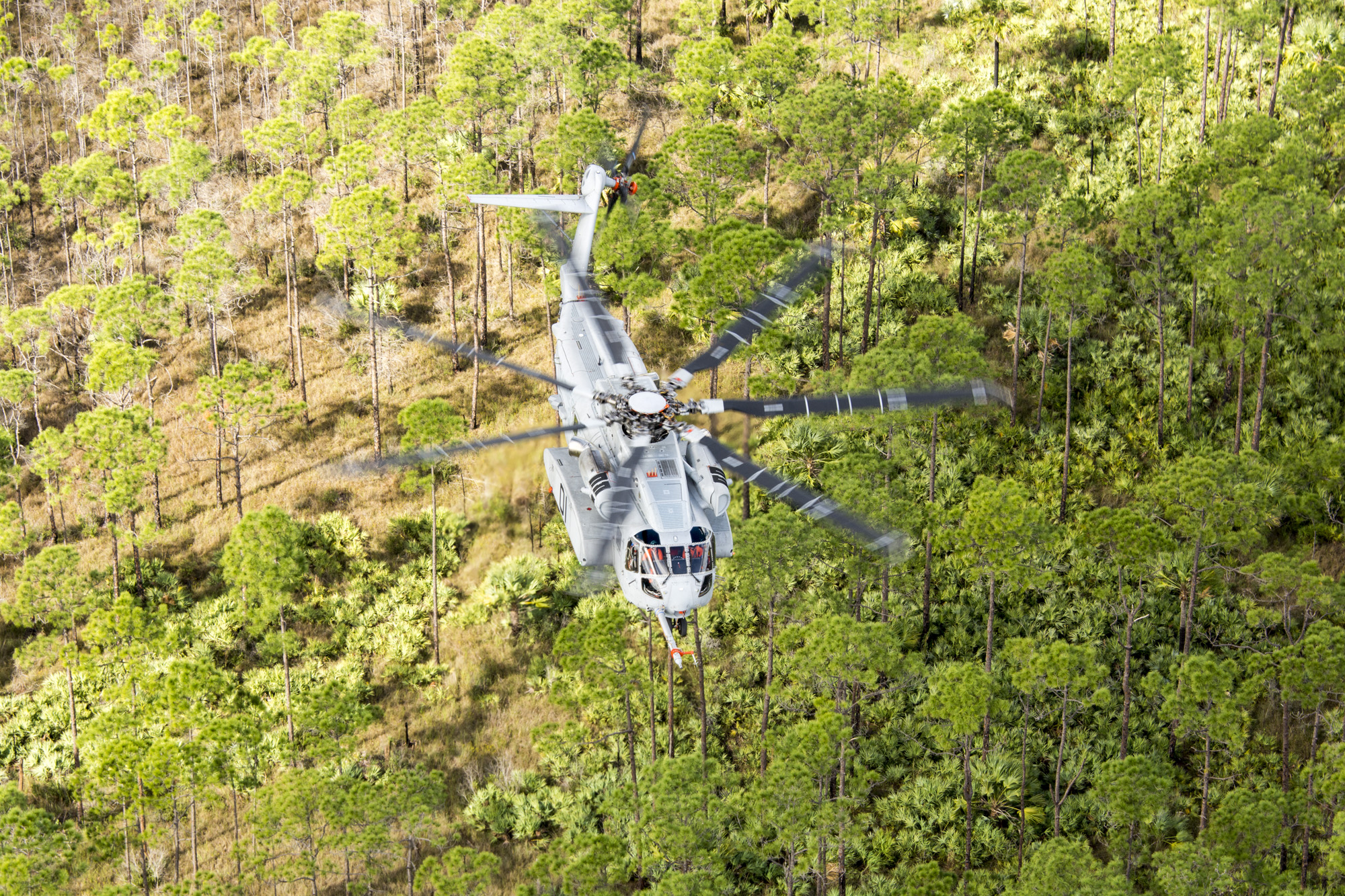
NAVAIR Awards Sikorsky $304M For First 2 CH-53K Heavy-Lift Helos
This post has been updated to include a statement by Sikorsky and the NAVAIR program office. Naval Air Systems Command awarded…
Copyright 2024 U.S. Naval Institute. All Rights Reserved.